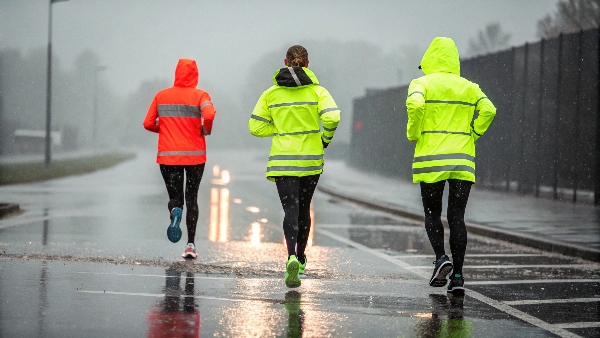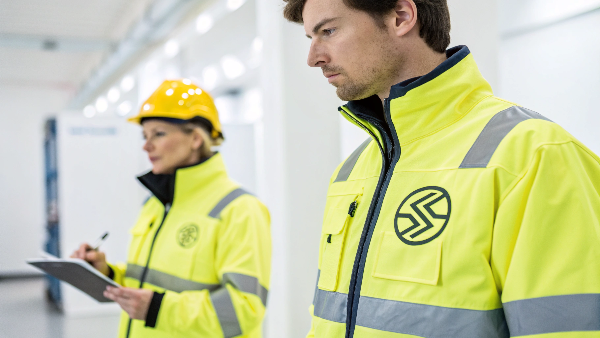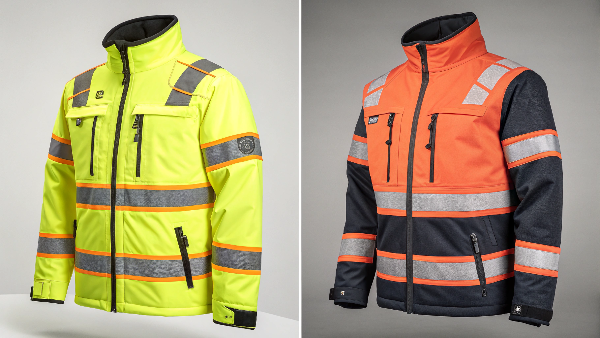Struggling to be seen when light is poor? You need colors that stand out. What if one color could dramatically improve your visibility and safety?
Yellow is generally considered the most visible color in low light conditions. This is because the human eye, specifically the rod cells active in dim light, is more sensitive to yellow wavelengths, making objects of this color appear brighter.
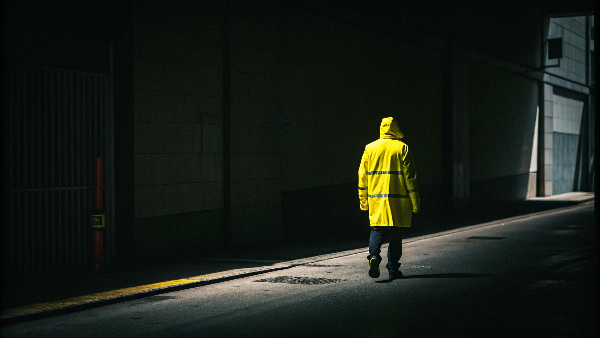
You might be wondering why yellow takes the top spot, and if other colors come close. It’s fascinating how our eyes work in different lighting. We’re about to explore this further, looking at various colors and how they perform when visibility is a challenge. Keep reading to understand more about making the best color choices for safety.
What color is most visible in low-light?
Ever felt almost invisible as dusk settles? Choosing the right color can make a huge difference. So, which one truly cuts through the gloom?
In low-light conditions, fluorescent yellow or yellow-green1 is typically the most visible. These colors are bright and contrast well against dim backgrounds, and our eyes are particularly sensitive to this part of the spectrum.
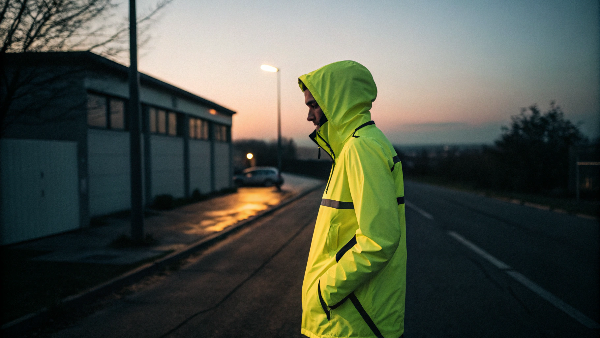
When we talk about low-light visibility2, we're really discussing how our eyes perceive color when there isn't much light available. I remember one evening, walking my dog, I almost didn't see a cyclist until the last second. They were wearing dark clothing. It made me think a lot about color choice. Our eyes have two main types of photoreceptor cells: rods and cones. Cones are for color vision in bright light, but in low light, rods take over. Rods are more sensitive to light but don't distinguish colors well, except they are most sensitive to wavelengths around the green-yellow part of the spectrum. This is why true yellow, and especially fluorescent yellows or lime greens, appear so bright. They stimulate these rod cells effectively. At Vissafetywear, we leverage this understanding in our high-visibility garments3, ensuring the fabrics offer maximum conspicuity. The science is clear: these shades help you stand out.
| Feature | Rod Cells | Cone Cells |
|---|---|---|
| Light Condition | Low light (scotopic vision) | Bright light (photopic vision) |
| Color Vision | Poor, mostly monochromatic | Good, full color spectrum |
| Sensitivity | High, to light intensity | Lower, to light intensity |
| Peak Sensitivity | Around 500nm (blue-green/yellowish) | Various (blue, green, red) |
What color of light is most visible?
Imagine you're in a dimly lit area and need a beacon. What color of light would catch your eye first? The answer might surprise you.
Greenish-yellow light4 (around 555 nanometers) is the most visible to the human eye under normal lighting conditions. This is where our eyes' photopic (daytime) sensitivity peaks, making it appear the brightest.
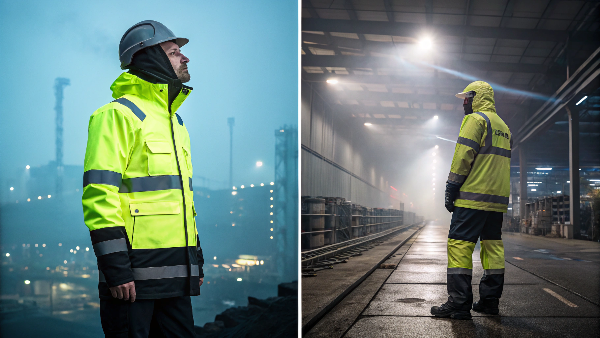
It's interesting to think about light itself, not just colored objects. When I was younger, I got a green laser pointer, and it always seemed so much brighter than the red one, even if they were the same power. This isn't just an opinion; it's about how our eyes are built. The human eye has peak sensitivity to light5 in the green to greenish-yellow part of the spectrum, specifically around 555 nanometers wavelength. This is why many emergency exit signs use green light6. It's not just about the color; it's about the specific wavelength that our cone cells, responsible for daytime and color vision, respond to most strongly. So, if you want a light source to be as visible as possible for a given amount of energy, green or yellow-green is often the best choice. This is different from the most visible object color in low light, where the rods play a bigger role, but for light sources, green often wins.
What color does the human eye see best?
Ever wondered if there's a color your eyes are naturally drawn to? It's not just about preference. There's a scientific reason behind it.
The human eye generally sees green best. This is due to the peak sensitivity of our cone cells (specifically the M-cones7) falling within the green part of the visible light spectrum.
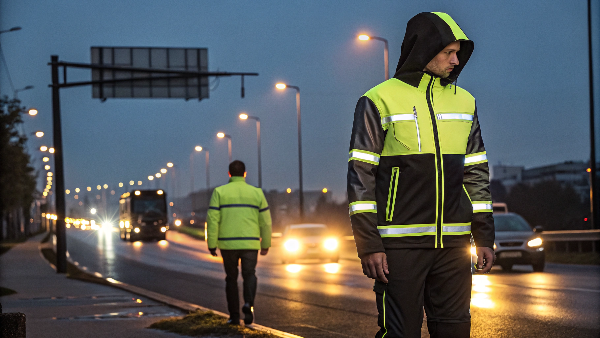
Our ability to see color is a complex process. I've always been fascinated by how we perceive the world. We have three types of cone cells in our eyes, responsible for color vision: S-cones (sensitive to short/blue wavelengths), M-cones (medium/green wavelengths), and L-cones (long/red wavelengths). The M-cones, which detect green, are the most sensitive of the three. This means that green light8 often appears brighter to us than other colors of similar intensity. Think about nature – so much of it is green. Some scientists believe our eyes evolved this way to help us identify food sources and navigate through foliage. This heightened sensitivity to green is why it's often used in situations requiring clear visibility, like a green light for "go" or in certain types of safety equipment. At Vissafetywear, while we use fluorescent yellows and oranges extensively for their overall conspicuity, understanding the eye's peak sensitivity to green helps inform our broader design considerations for visibility.
What color is easiest on the eyes at night?
Staring at bright screens or lights at night can be harsh. Is there a color that's gentler on our eyes in the dark?
Amber or red light is generally considered easiest on the eyes at night. These colors have longer wavelengths that are less disruptive to our night vision (scotopic vision) compared to blue or white light.
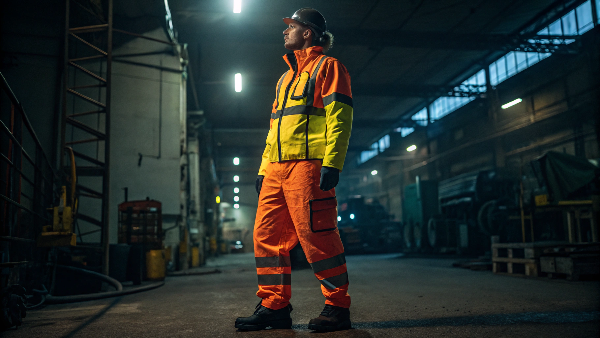
I remember trying to read a map in the car at night with the bright dome light on. It was glaring, and once I turned it off, it took ages for my eyes to readjust to the darkness outside. This is because bright white or blue-rich light constricts your pupils and suppresses melatonin, making it harder to maintain night vision. Red or amber light, on the other hand, has longer wavelengths. These wavelengths are less likely to trigger the same response from your pupils and are less disruptive to the rod cells, which are crucial for seeing in low-light conditions. This is why pilots often use red light in cockpits, and astronomers use red flashlights. It allows them to see instruments or charts without ruining their dark adaptation. So, if you need illumination at night but want to preserve your ability to see in the dark, choosing a red or amber light source is a smart move.
What is the safest color to wear while biking?
Want to stay safe on your bike rides? The color you wear can make a big difference. What's the top choice for cyclists?
Fluorescent yellow or bright orange, often combined with reflective strips, is the safest color to wear while biking. These colors offer high contrast during the day, and reflective elements ensure visibility at night.
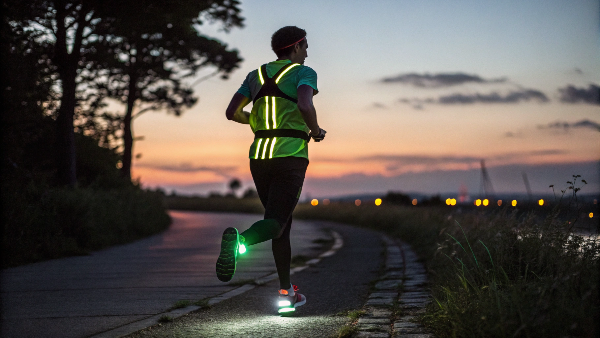
As someone who enjoys cycling, safety is always on my mind. I once had a near-miss with a car that just didn't see me in the early evening. After that, I became very particular about my gear. For daytime and twilight riding, fluorescent colors are fantastic. Fluorescent yellow, green, and orange are incredibly effective because they don't just reflect ambient light; they also convert invisible UV light into visible light, making them appear to "glow" even in overcast conditions or at dawn and dusk. They provide excellent contrast against most urban and natural backgrounds. For nighttime, however, fluorescence alone isn't enough because there's no UV light to convert. That's where reflective materials come in. These materials bounce light directly back towards the source, like car headlights. So, the ideal biking outfit combines bright fluorescent colors for daytime visibility with strategically placed reflective strips or panels for nighttime. At Vissafetywear, many of our designs for active wear incorporate both these elements.
| Feature | Daytime Visibility | Nighttime Visibility |
|---|---|---|
| Best Colors | Fluorescent Yellow, Orange, Green | N/A (color less important than reflectivity) |
| Key Technology | Fluorescence (converts UV to visible) | Retroreflection (bounces light to source) |
| Why it Works | High contrast, appears to "glow" | Brightly illuminates when hit by light |
| Vissafetywear Uses | Bright base fabrics | High-quality reflective tapes |
What is statistically the most attractive eye color?
Curious about which eye color turns the most heads? While beauty is subjective, some studies show interesting trends. What do the numbers say?
This is highly subjective and varies culturally, but some informal polls and studies occasionally suggest blue or green as being perceived as highly attractive. There's no definitive "most attractive" eye color universally.
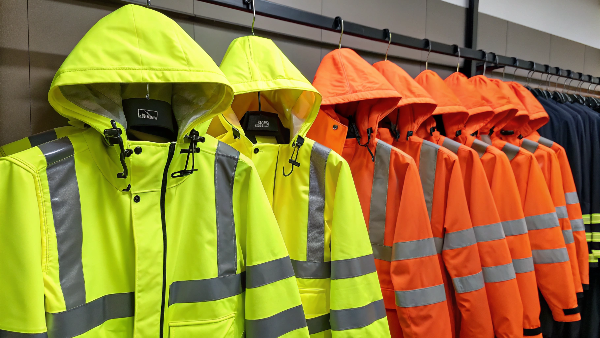
It's always fun to talk about things like eye color. My own eyes are brown, very common, but I've always admired friends with striking blue or green eyes. When we look at "attractiveness," it's so personal and influenced by cultural norms, media, and individual preferences. Some surveys might show a preference for blue eyes in certain Western cultures, possibly due to their relative rarity compared to brown eyes globally. Green eyes are even rarer, which can also make them seem particularly captivating. However, what one person finds attractive, another might not. There's no hard science that definitively crowns one eye color as the "most attractive" worldwide. This topic is a bit different from our main discussion on color visibility for safety, where factors like wavelength and contrast are key. Eye color attractiveness is more about aesthetics and perception, not about how well a color can be seen in low light for safety purposes. It's a nice reminder that color plays many roles in our lives, from practical safety to personal appeal.
What is the best color for visibility?
Need to be seen, no matter the conditions? Choosing the right color is vital. What color offers the ultimate in all-around visibility?
Fluorescent yellow-green or bright orange are generally the best colors for overall visibility across various conditions. They offer excellent contrast during the day and stand out well in many environments.
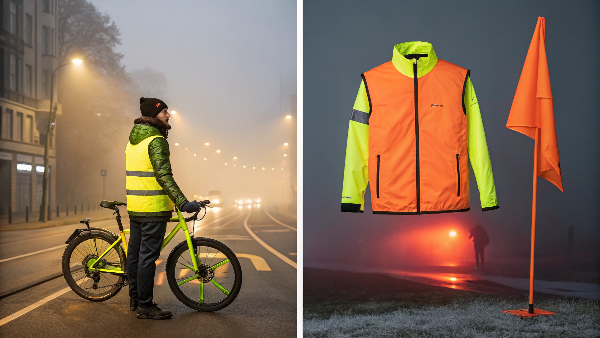
When we consider the "best" color for visibility, we're looking for something that performs well in a range of lighting situations. I've spent years in the safety wear industry with Vissafetywear, and this is a core question for us. Fluorescent yellow-green (often called lime green) and fluorescent orange consistently come out on top. During the day, and especially in overcast conditions, dawn, or dusk, their fluorescent properties make them exceptionally bright. They convert UV light, making them appear to pop. This high daytime conspicuity is crucial. In terms of how our eyes perceive them, these colors sit in a range that is highly stimulating to our cone cells. While pure yellow is great in very low light for rod stimulation, the added "punch" of fluorescence in lime or orange makes them superior when there's still some ambient light. Standards like EN ISO 20471 and ANSI/ISEA 107 specify these colors for high-visibility clothing for very good reasons. They provide a strong contrast against most backgrounds, whether it's a cityscape, a forest, or a construction site.
| Condition | Best Color Choice(s) | Primary Reason |
|---|---|---|
| Bright Daylight | Fluorescent Yellow-Green, Orange | Fluorescence enhances brightness, high contrast |
| Overcast/Dusk/Dawn | Fluorescent Yellow-Green, Orange | Fluorescence highly effective with available UV light |
| Low Light (Rods) | Yellow, Yellow-Green | Peak sensitivity for rod cells |
| Night (with light) | Any bright color + Reflective | Retroreflection is key, base color less critical |
What color car is least likely to be in an accident?
Thinking about car safety? The color of your vehicle might play a bigger role than you think. Which car colors are linked to fewer accidents?
White cars are often reported to be the least likely to be in an accident. Bright colors like yellow and orange also tend to have lower accident rates compared to darker colors.

I remember when my son was choosing his first car, we talked a lot about safety features, but also about color. It might seem trivial, but studies have shown a correlation. White cars consistently show up as having a lower risk of being involved in accidents. The main reason is visibility. White provides a strong contrast against most backgrounds – asphalt roads, greenery, and even in dim light or bad weather like rain or fog. It simply stands out more than darker colors like black, grey, dark blue, or even dark red, which can blend into shadows or the road surface. Yellow and orange cars also tend to fare well in these studies for similar reasons: they are highly conspicuous. Of course, car color isn't a magic shield; driving behavior and other safety features are paramount. But choosing a more visible color can be an added passive safety benefit. It's another example of how color perception directly impacts safety in our daily lives, a principle we apply diligently at Vissafetywear for personal protective equipment.
Conclusion
Yellow and fluorescent shades are best for low-light visibility. For overall safety, bright, contrasting colors combined with reflective materials are key to being seen.
-
Explore how these colors enhance visibility in low-light conditions, crucial for safety and awareness. ↩
-
Understanding low-light visibility can help you make informed choices for safety and design in dim environments. ↩
-
Discover the importance of high-visibility garments for safety, especially in low-light situations, and how they can save lives. ↩
-
Explore how greenish-yellow light stands out in visibility and its applications in safety and design. ↩
-
Understanding peak sensitivity can enhance your knowledge of human vision and its practical implications. ↩
-
Discover the reasons behind the color choices in safety signage and their effectiveness in emergencies. ↩
-
Learning about M-cones will provide insights into how our eyes perceive colors and the science behind color sensitivity. ↩
-
Exploring this link will deepen your understanding of how green light enhances visibility and its applications in safety equipment. ↩

